After much cultural debate, the UK Supreme Court has ruled that a woman is a biological female. The truth has finally won, says Lois McLatchie-Miller
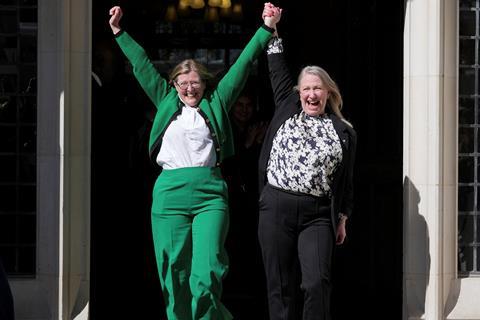
What is a woman?
A matter that was never in doubt throughout human history has become the pivotal question of the 21st century.
After much societal doubt, soul-searching and dispute, the UK Supreme Court finally weighed in last week with a unanimous and clear decision: a woman is a biological female. Men cannot become women.
Scattered throughout the decision are equally shocking revelations such as “sex is binary” and “men cannot become pregnant”. A legal scholar from as little as 30 years ago could be forgiven for thinking they were reading a primary school lesson plan, rather than a landmark Supreme Court ruling. This is basic biology, baked into the core of our being. How could we have forgotten what a woman is?
The road that led to this decision began in Scotland, at a time where the dangers of gender ideology were at their peak. During this time, under Nicola Sturgeon’s reign, a convicted male double rapist decided he identified as female. He took on the name “Isla Bryson”, and insisted on being placed into a female prison unit. The demand was accepted. Societal outrage ensued. How could the female inmates – and the female prison staff – be reasonably expected to share a space with a man with a history of violence against women, who was innately stronger and able to overpower them? A man’s feelings and preferences were being prioritised over women’s safety, privacy and dignity.
Nothing in the Supreme Court ruling suggests that people identifying as trans should face any form of discrimination
Scotland was allowing men to invade sensitive women-only spaces – be it female prison units, changing rooms, bathrooms, or rape crisis shelters – if they were in possession of a piece of paper called a “Gender Recognition Certificate”, which can be acquired once someone has claimed to live as the opposite gender for two years or more. The evidence to substantiate that claim and qualify for the certificate focuses largely on a new name being present on various legal documents. JK Rowling highlighted the damage that such policies could cause for domestic abuse victims who seek refuge in female-only shelters.
A women’s campaign group, For Women Scotland, raised concerns that the rights and protections set out for women’s safety, dignity and privacy in the Equality Act 2010 would be erased and diminished if men claiming to be women were to be categorised in the same manner. The case was battled up through the legal system, leading to the ultimate question being posed at the highest level of Britain’s judiciary.
In the Supreme Court’s ruling, it was unanimously affirmed that the protections set out for women in the Equality Act 2010 were indeed in relation to biological women only. For example, how could a biological male claim to face discrimination at work because they are pregnant? The experience of biological women is unique, and cannot be forgotten for the sake of ideology.
The idea that they are in the “wrong body” runs in total contradiction to our belief that they are wonderfully created
Nothing in the Supreme Court ruling suggests that people identifying as trans should face any form of discrimination, or enjoy fewer human rights, as a consequence. The decision simply reasons that women have their own protections, that cannot be overridden by an ideology. This is a fair and reasoned conclusion – and one established on a basis of truth. It is a fantasy to believe that a male can acquire XX chromosomes, periods, natural female hormones, become mothers, or transform the reality of the bodies they were born in – and a cruel one at that.
Indeed, the notion that a person could be “born in the wrong body” is one that has too often been peddled to young, vulnerable children. This idea has festered into a social contagion, particularly impacting teenage girls with autism, or with mental health battles, which make them struggle to fit in – or to feel comfortable in the skin that they’re in. We must respond with compassion to those who struggle with their identity. But affirming a lie – one that will lead them down a road to taking sterilising bodily chemicals and hormone treatment, and even genital-mutilating surgeries, is not loving or kind. It’s clear we must love our kids in the skin that they’re in – not in the body they think they should pretend to have.
The same logic applies to our adult neighbours, friends, and fellow-citizens who identify as “trans”. We are called to love our neighbour. To love requires speaking both in grace, and truth. They were not made “wrong”. The idea that they are in the “wrong body” runs in total contradiction to our belief that they are wonderfully created, have rebelled as all sinners have, and are offered redemption and relationship through Christ’s sacrifice with the God who sees their weaknesses and struggles, and loves them profoundly as they are – no drugs or scalpels needed.
The Supreme Court’s ruling will have a much-needed cultural impact by putting truth back at the centre of our social discourse. The law now needs to be put into action – to change harmful policies in our schools, sports teams, prison units, crisis shelters and other vital spaces serving women across the UK. In the end, the truth always wins – and is vital for upholding the dignity and rights of men, women, and children across our nation.








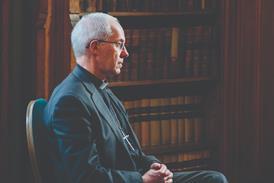
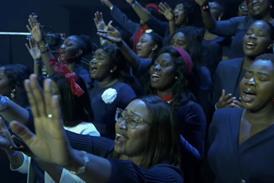
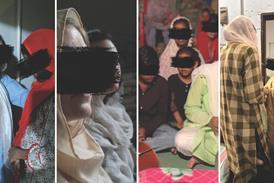
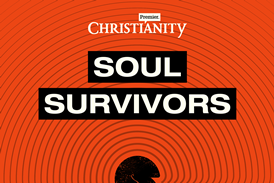



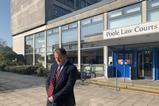





















No comments yet